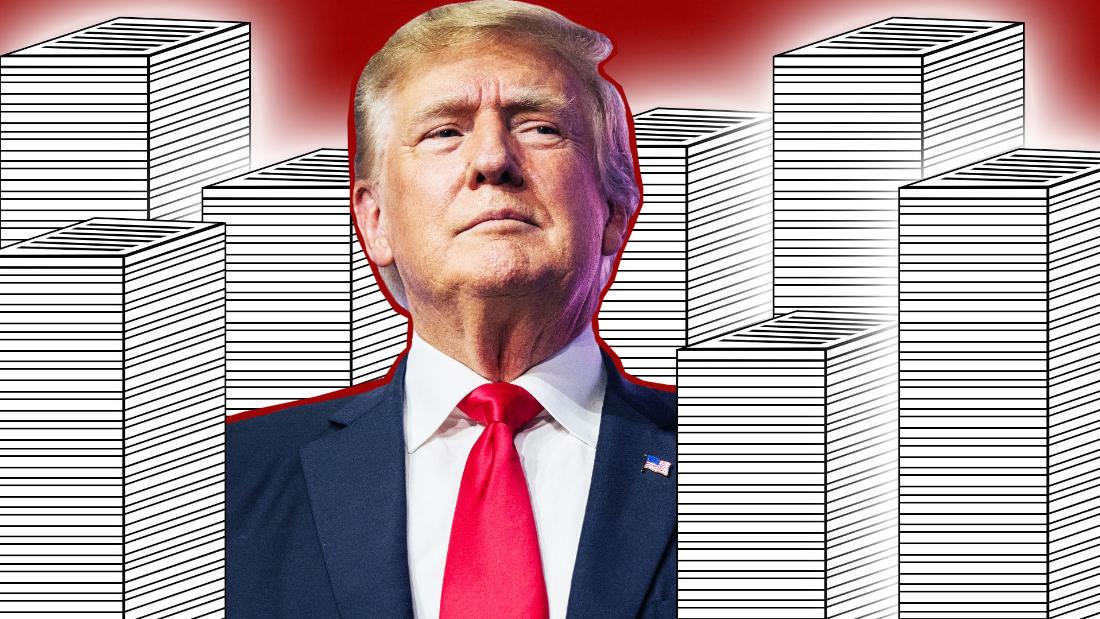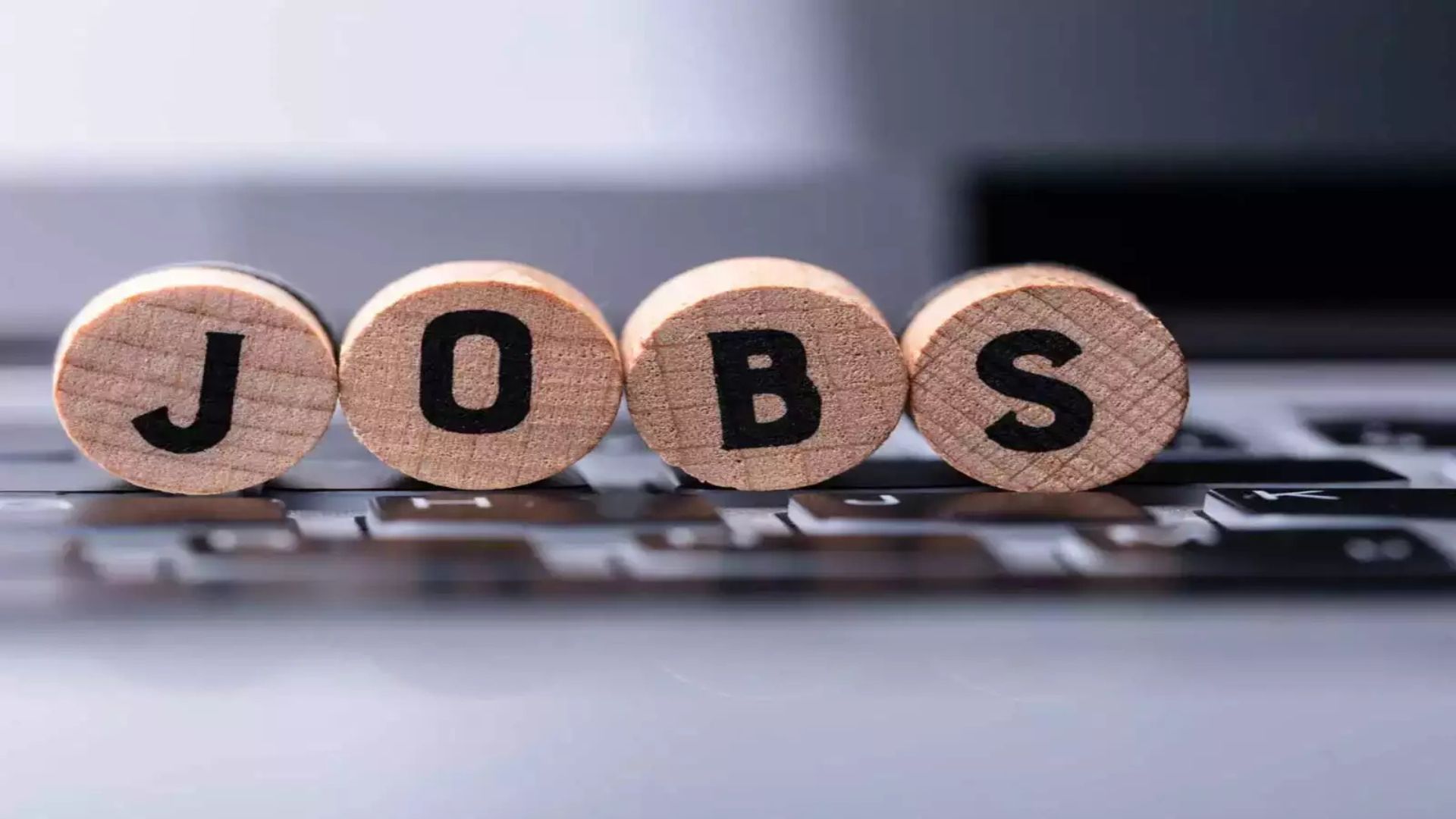
Donald Trump, Republican presidential candidate, has proposed a bold economic plan aimed at bringing back US manufacturing, lowering costs, and boosting the country’s wealth. But economists warn that the policies could raise consumer prices and disrupt global trade.
Trump’s plan centers around imposing a 10% to 20% tariff on imports, with a 60% rate specifically targeting Chinese goods. He also threatened to apply a 200% tariff on cars made in Mexico. According to Trump, these tariffs will generate billions in revenue and push businesses to bring manufacturing back to the US.
However, experts argue that it’s US businesses, not foreign governments, that pay the price of tariffs. Higher import costs could be passed on to consumers, leading to inflation. In fact, a 2019 study showed that US consumers paid an additional $3.2 billion per month due to tariffs on imports.
Economists from the Peterson Institute for International Economics estimate that a universal 10% tariff could raise inflation by 1.3 percentage points. Other experts predict that Trump’s policies could cause a 0.6 percentage point increase in inflation, particularly on goods from China.
Despite Trump’s claims that tariffs won’t raise consumer prices, experts believe the costs will be felt in stores as businesses pass on the increased expenses to customers.
Trump’s vision of bringing back manufacturing may not happen quickly. American factories currently lack the capacity to produce goods at the scale needed to meet consumer demand. This is particularly true for industries like electronics, where the US hasn’t produced items like televisions for decades.
In addition to tariffs, Trump plans to extend expiring tax cuts and reduce corporate income tax. However, experts warn that the benefits of these tax cuts could be negated by the impact of tariffs, which may reduce overall revenue and contribute to inflation.
Trump also promises to slash energy bills by deregulating the oil and gas industry, though analysts are skeptical this would significantly boost production. His plan to lower food costs by restricting foreign agricultural products could backfire, as it risks retaliation from trading partners, potentially harming US farmers who rely on exports.
Trump’s economic plan, while ambitious, faces criticism for its potential to raise inflation, disrupt trade, and increase costs for consumers and businesses alike. Whether these policies can achieve his goals remains to be seen.















